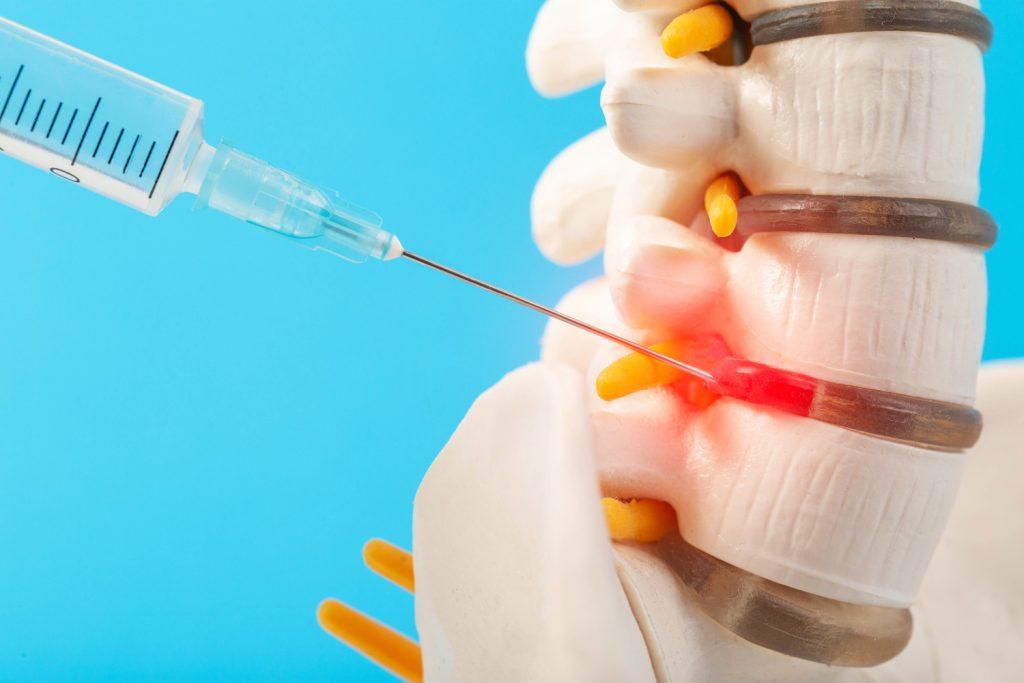Carpal Tunnel Surgery: What to Expect Before and After

Carpal tunnel syndrome is a painful condition that affects the wrist and hand, causing discomfort and limiting functionality. Understanding its symptoms, causes, diagnosis, and recommendations is crucial for those considering carpal tunnel surgery.
This exploration will delve into the procedure itself, including when it’s recommended, pre- and post-surgery expectations, and alternatives to surgery. Additionally, we’ll discuss the risks of not having the procedure, expected recovery time, and potential complications. Stay tuned for valuable insights on carpal tunnel surgery.
What Is Carpal Tunnel Surgery?
Carpal Tunnel Surgery, also known as carpal tunnel release surgery, aims to relieve symptoms of carpal tunnel syndrome by alleviating pressure on the median nerve in the wrist. This procedure addresses pain, numbness, tingling, and weakness in the hand and arm caused by nerve compression. Surgeons typically create space within the carpal tunnel by incision in the palm or using minimally invasive techniques like endoscopy.
Patients experience gradual symptom improvement post-surgery, including pain relief and increased hand strength. Physical therapy and proper care contribute to successful recovery and long-term outcomes.
What Are the Symptoms of Carpal Tunnel Syndrome?
Carpal tunnel syndrome is characterized by pain, numbness, tingling, and weakness in the hand, resulting from compression of the median nerve in the wrist. Symptoms often include a sensation of pins and needles, particularly in the thumb, index, and middle fingers, along with weakened grip strength and difficulty in delicate motor tasks. Repetitive movements, such as typing or tool use, can worsen symptoms.
This compression occurs due to swelling or thickening of the transverse carpal ligament, putting pressure on the median nerve within the carpal tunnel. Factors like repetitive hand movements, wrist positioning, certain health conditions, and hormonal changes can increase the risk of developing carpal tunnel syndrome.
How Is Carpal Tunnel Syndrome Diagnosed?
Diagnosing carpal tunnel syndrome involves a comprehensive evaluation by a hand surgeon, including a physical examination and assessment of symptoms like pain, numbness, tingling, and weakness. Tests such as Tinel’s sign and Phalen’s maneuver may be performed to provoke characteristic symptoms. Healthcare professionals may inquire about occupational factors contributing to the condition.
Nerve conduction studies measure the speed of electrical impulses along the median nerve to confirm the diagnosis.
When Is Carpal Tunnel Surgery Recommended?
Carpal tunnel surgery is recommended when conservative treatments fail to relieve symptoms of carpal tunnel syndrome or when specific surgical indications are present, such as severe nerve compression or muscle loss. Surgery becomes necessary if symptoms persist despite attempts with treatments like splinting, physical therapy, or corticosteroid injections. Unlike nonsurgical options focusing on symptom management, surgery addresses the underlying cause by releasing pressure on the median nerve within the carpal tunnel.
Alternatives to surgery include corticosteroid injections, splinting, physical therapy, and lifestyle modifications. However, without surgery, individuals risk progressive muscle loss, atrophy, and worsening symptoms due to prolonged nerve compression, impacting hand function and quality of life. Untreated carpal tunnel syndrome can lead to irreversible nerve damage, causing numbness, tingling, and pain extending beyond the hand into the arm.
What to Expect Before the Surgery?
Before carpal tunnel surgery, patients undergo a thorough preoperative evaluation to assess medical history, discuss anesthesia options, and confirm the diagnosis. Additional tests, like nerve conduction studies, may be conducted to determine the severity of the condition and tailor the treatment plan. Patient education about the surgery process is provided to alleviate concerns. Preparing for surgery involves following preoperative instructions, including fasting and medication management.
Patients are advised to avoid strenuous activities and follow wound care guidelines post-surgery to promote healing and minimize infection risks. Effective postoperative pain management strategies, including medication and specialized instruments used during surgery, are also discussed to enhance precision and efficiency in relieving carpal tunnel syndrome symptoms.
What to Expect After the Surgery?
After carpal tunnel surgery, patients undergo rehabilitation exercises to restore strength and flexibility to the wrist and hand. These exercises start gently and progress gradually under the guidance of a physical therapist. The timeline for returning to daily activities or work varies, with most patients able to perform light tasks within a few weeks. Following the surgeon’s recommendations is crucial; recovery should not be rushed to avoid complications. Monitoring recovery involves regular check-ins with healthcare providers to track progress and address concerns.
Recovery time varies depending on the duration of the surgery and individual healing rates. Post-operative instructions include pain management, scar care, and monitoring for complications like infection or nerve damage. Complications are rare but may require prompt medical attention. Long-term evaluations are essential to assess surgery success and address recurring symptoms if needed.
Patient testimonials provide valuable insights for improving care delivery and patient satisfaction throughout the treatment journey.
When to Contact Your Doctor?
Patients should contact their doctor after carpal tunnel surgery if they experience persistent pain, increased swelling, unusual redness or warmth around the incision site, or any concerns related to the anesthesia options, surgical techniques, or the use of open surgery.
Patients should contact their healthcare provider if they notice any signs of infection, such as pus drainage, fever, or worsening pain not relieved by medication. It is crucial to seek medical advice if numbness or tingling worsens or does not improve, as this could indicate nerve damage post-surgery. Patients should also inquire about the expected recovery timeline and physical therapy recommendations.
Any unexpected changes in sensation, mobility, or function in the fingers or hand should prompt a consultation with the doctor for timely intervention.
Warning: urlencode() expects parameter 1 to be string, array given in /www/wwwroot/surgeryconsultantsofflorida.com/wp-includes/formatting.php on line 5693

